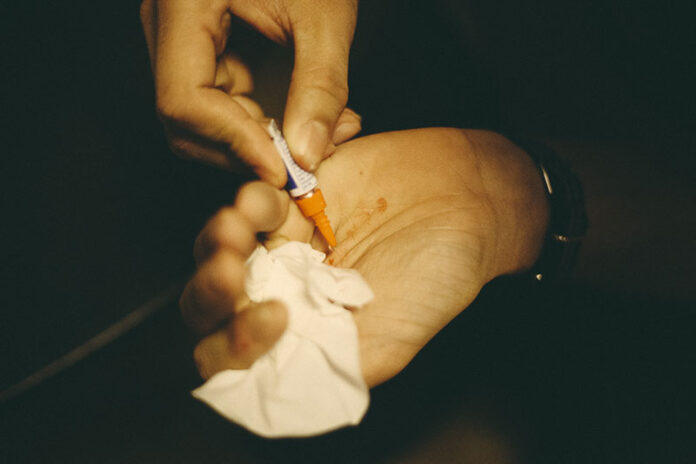Super glue: it’s the hero of the DIY world, ready to fix everything from broken vases to loose cabinet handles. However, its strength and speed can be a double-edged sword—especially when it comes to avoiding gluing your own fingers together.
If you’ve ever finished a project only to find your fingers bonded as firmly as your materials, you know the struggle. Let’s explore how to use super glue effectively while keeping your digits free and clear.
Preparing Your Workspace
The first step in using super glue without accident involves setting up a proper workspace. Clear your area of any unnecessary items and cover the surface with a protective layer, like newspaper or a plastic sheet. This helps prevent any spills from damaging your workspace and makes cleanup a breeze.
Safety Gear: A Must-Have
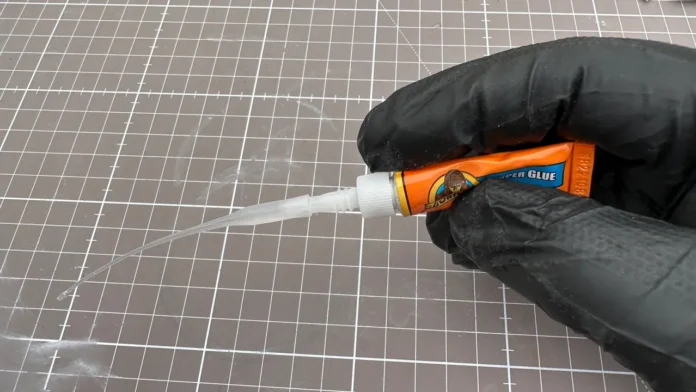
Before opening your tube of super glue, make sure you’re equipped with the right safety gear. Disposable gloves are a super glue user’s best friend—they protect your skin from unwanted bonding and make your work much cleaner. Additionally, wearing safety glasses can protect your eyes from splatters, which is crucial because super glue can cause severe irritation or more serious damage if it contacts your eyes.
Precision Tools for Precise Application
The key to using super glue without mess lies in how you apply it. Instead of applying glue directly from the tube, which can be unpredictable and excessive, use precision tools like toothpicks, fine-tipped brushes, or dedicated glue applicators. These tools allow you to control the amount of glue you use and prevent it from spreading beyond the intended area.
Technique Matters: Apply with Care
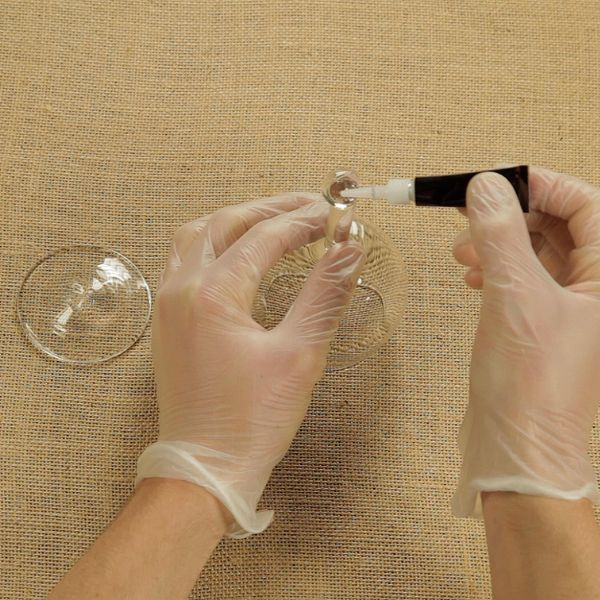
When applying super glue, less is definitely more. A small bead is often enough for most repairs. Apply a tiny drop onto one surface, then press it against the other item you’re bonding. Hold it in place for a few seconds to allow the bond to form. Avoid squeezing the tube too hard; super glue flows freely and can come out faster than anticipated.
Immediate Action for Accidental Bonds
Even with the best precautions, accidents can happen. If you get super glue on your skin, act quickly. Don’t panic and try to pull your fingers apart, as this can tear the skin. Instead, soak the affected area in warm, soapy water to loosen the glue. You can also use acetone (found in most nail polish removers). Apply a small amount to a cotton swab and rub it gently on the glued skin. The super glue will gradually dissolve, allowing you to safely separate your fingers without injury.
Setting Time: Patience is a Virtue
Give your project sufficient time to set. Rushing the curing process by moving or testing the bond too early can lead to mishaps, including accidental skin contact. Super glue sets quickly, but achieving full strength can take up to 24 hours. During this time, keep the glued items stationary and out of reach to avoid disturbances.
Clean Up and Storage
After finishing your project, ensure that the cap of your super glue is securely fastened to prevent the glue from drying out. Clean any tools used with acetone before the glue hardens on them. Dispose of used materials like toothpicks or cotton swabs that have glue on them immediately to avoid accidental bonding later.
Regular Maintenance of Adhesive Tools
Maintaining your adhesive tools is crucial to ensure they remain effective and safe to use for future projects. This includes not only cleaning them after each use but also checking them for any signs of wear or damage. For instance, glue applicators should be inspected for clogged tips or residual adhesive that could affect their performance. Keeping your tools in good condition will help in precise application, reducing the risk of accidental skin contact.
Educating Yourself on Different Types of Super Glue
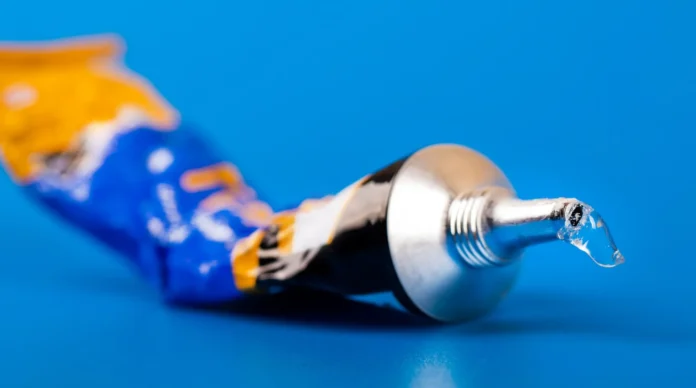
Understanding the various types of super glue available can also aid in preventing mishaps. Some super glues are designed with a gel consistency which is thicker and less prone to dripping, offering more control during application. Others have precision tips or are packaged with brush applicators. Choosing the right type of super glue for your project can significantly decrease the likelihood of accidental spills and skin contact.
The Importance of Good Techniques
Developing a steady hand and practicing good techniques can go a long way in ensuring safe use of super glue. Practice applying glue on scrap materials to get a feel for the flow and speed of adhesion. Learning how much pressure to apply when squeezing the tube and how quickly the glue comes out can prevent over-application and spills. Additionally, always use tweezers or clamps to hold small pieces instead of your fingers, which can help keep your hands clear of the adhesive.
Using Barriers and Shields
In addition to wearing gloves, you can use other barriers and shields to protect your skin. For instance, applying a skin protection cream or using barrier sprays can provide a protective layer between your skin and the super glue. These are especially useful if you find gloves cumbersome or if you need more tactile feedback when working with small or intricate items.
Emergency Measures and First Aid
It’s important to be prepared with emergency measures in case of accidental super glue exposure. Keep a first aid kit nearby with items like acetone, sterile water, and soothing lotions or creams for aftercare once the glue has been removed. Understanding basic first aid measures for chemical exposure can also be crucial, especially in settings where you’re using larger quantities of super glue or teaching others how to use it.
Building a Safe Gluing Routine
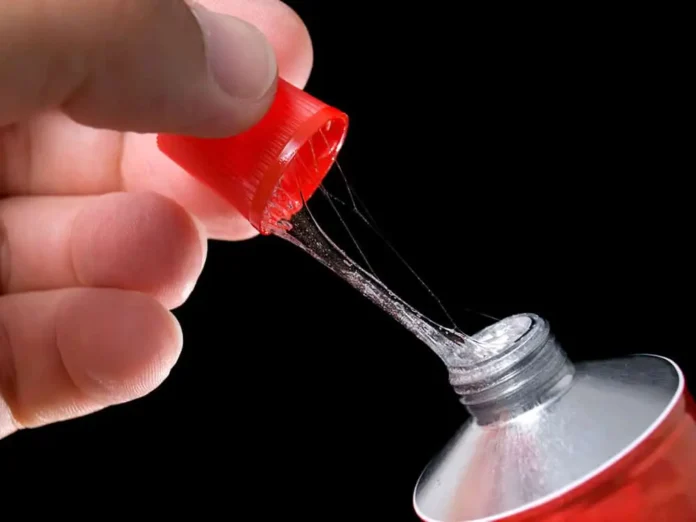
Create a routine that incorporates all safety measures naturally. Before beginning any project, go through a checklist: Is your workspace prepared? Do you have all the necessary tools and safety gear? Is your first aid kit stocked and within reach? Establishing such routines will ensure that safety becomes a habitual part of your crafting or repair work, greatly reducing the risk of accidents.

